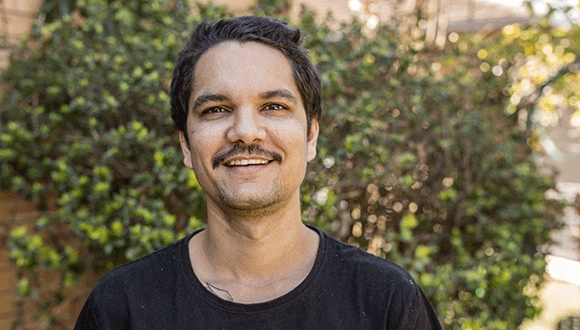Innovation in chronic condition care
Health Care Homes is empowering Australians with chronic and complex conditions to better manage their care.
Health Agenda magazine
July 2018
With pilot programs underway in almost 200 centres Australia-wide, the government’s Health Care Homes initiative could transform the way doctors deliver care to their patients.
The service, based at a doctors’ surgery or Aboriginal Community Controlled Health Service, coordinates the healthcare of people with chronic and complex conditions – for example, someone with both diabetes and asthma.
Your main doctor will keep track of your healthcare and work with your wider team of health professionals, which could include specialists, nurses, pharmacists and allied health workers, such as physiotherapists or mental health professionals. Your doctor will create a care plan for you, including your health goals. This plan is then shared with other health professionals helping you with your care.
With Health Care Homes, your doctors’ surgery will also be more flexible. As well as face-to-face appointments, you might call them to check in, or they might call or message you. Your Health Care Home may also offer after after-hours support, video conferring with your doctor and home monitoring of your symptoms through technology.
Health Agenda talks to Dr Andrew Cottrill, HCF’s medical director, about how the service will help Australians better manage their care.

Health Agenda: Can you explain this initiative?
Dr Andrew Cottrill: With Health Care Homes, GPs co-ordinate a more proactive and preventive approach to people’s health. It gives patients more say in their care and makes it easier for everyone on the care team to coordinate a patient’s care.
Despite its name, it has nothing to do with providing housing; rather, these doctors’ surgeries or ACCHS become a ‘home base’ for meeting the care needs of people with these conditions.
It’s a move away from the model where you see the doctor because you’re sick, to managing care in a way that helps prevent people from getting sick and needing to go to hospital. It’s currently in the trial phase, with pilot programs running until November 2019.
HA: How will it help people better manage their care?
AC: There is greater emphasis on ‘joining the dots’ between care providers, so that doctors, nurses, allied health practitioners, specialists and Aboriginal health workers work together more effectively. People will also have greater access to different practitioners.
Better coordination will mean less duplication of services. For example, if you have to go to hospital, they shouldn’t need to repeat all the tests you’ve just had.
Health Care Homes can also be more responsive and flexible. You won’t always need to make an appointment with your GP when you want to talk to someone from your care team. You might call or message the practice team, or they might call to check on how you’re going.
People will be more engaged with their healthcare provider, making them more likely to take positive steps to better health, such as having their blood pressure checked.
Monitoring people at home gives them useful feedback about how they’re doing. The doctor might, for example, be using technology to ensure a patient is doing their physiotherapy at home. That information can also provide feedback to the patient through an app on their mobile phone that tells them whether they’re doing their exercises correctly.
HA: How will this initiative change the way healthcare is delivered in Australia?
AC: Currently it’s more sensible for the GP to send a chronically ill patient to hospital than home, because of the 24-hour monitoring and nursing support available in hospital.
Once programs like this are in place, it will change where and by who patients are treated, leaving hospitals to focus on very complex cases. More people will be managed in the community where it’s often more comfortable, safe and cost-effective.
It’s about getting resources allocated appropriately and as effectively as possible to the clinical needs of patients.
HA: How does someone qualify for the program?
AC: People can enrol if they have a chronic and complex condition and could benefit from Health Care Homes’ coordinated care approach. You need to have a Medicare card, a My Health Record (or be willing to get one) and be assessed as eligible by a participating Health Care Homes practice.
Related articles
LIVING WITH A CHRONIC DISEASE
Being diagnosed with a chronic illness can be an emotional and challenging time, but your mindset can have an impact on how you cope.
TACKLING OUR HEALTH CRISIS
The Australian Partnership Prevention Centre is working on solutions to halt the increasing trend of chronic health conditions.
HOW DOCTOR–PATIENT RELATIONSHIPS ARE CHANGING
Technology is changing the way patients interact with GPs in Australia. How does this affect you?
HOW TO GET THE MOST FROM YOUR GP VISIT
Maximising your time with your doctor can bring real health benefits.